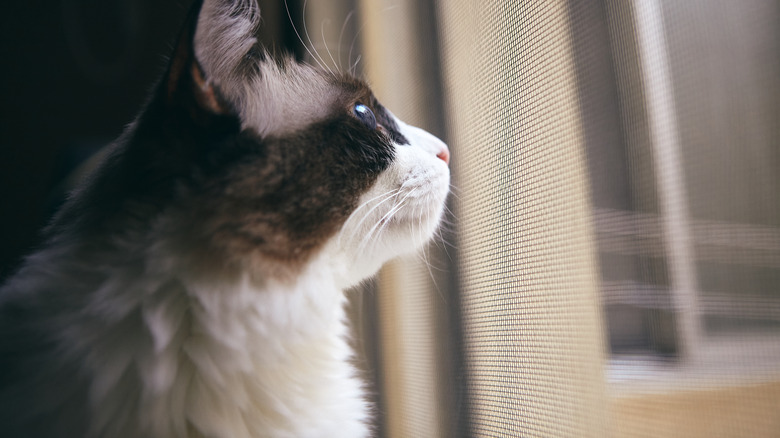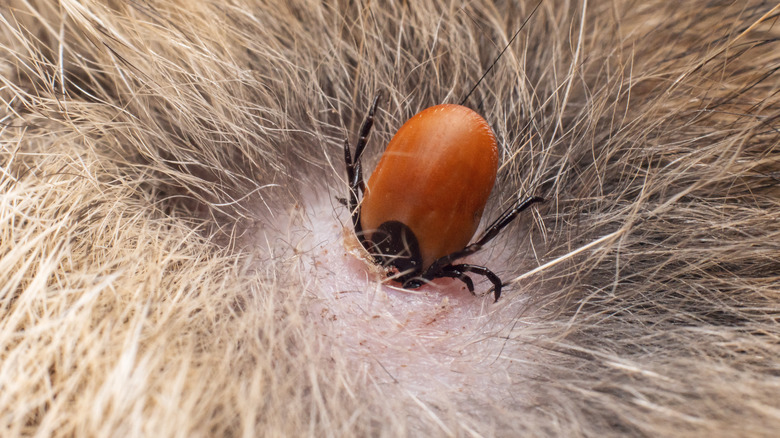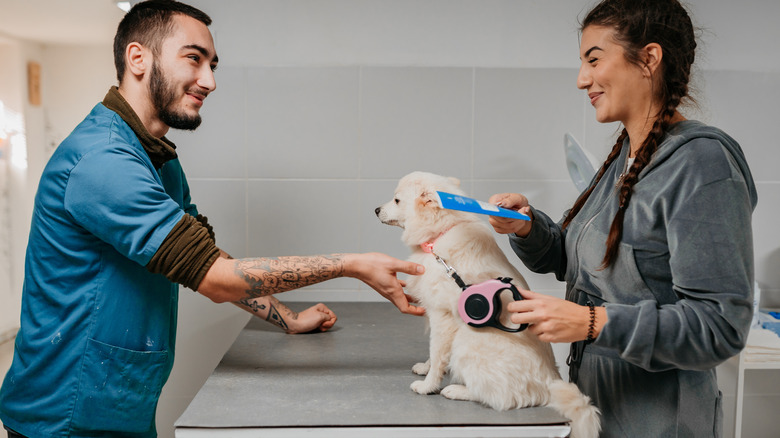Harmful Bugs To Watch Out For In Your House If You Have Pets
We all know bugs are everywhere, but nothing sends shivers down your spine quite like seeing one of them in your home. Although cute to some people and mostly harmless to us humans, they can pose a big problem and health risk to our house pets.
Pets are curious creatures, most times, too much for their own good, and the last thing we want is a bug in our home that can hurt our beloved animal friends. Let's delve into some of the most menacing insects to be aware of to ensure your pets remain safe and healthy.
Let's start off easy — with a common enemy, mosquitoes. Mosquitoes are insect vampires, and like vampires, they enjoy the blood of humans, and like humans, they like pets too... The most common disease that is passed from mosquito to pet is something called 'heartworms.' Sounding like something out of a horror story, this disease is serious and can cause lung disease, heart failure, organ damage, and death in pets, according to the FDA.
More enemies...
Fleas. Fleas are more than just some itchy annoyance for our pet, they can cause discomfort and skin infections while also causing other diseases like tapeworms, Bartonella, and allergic dermatitis. If your pet is scratching more than usual, check for fleas. Another household indicator of fleas may be noticing what looks like pepper or dirt on your pet's skin, bedding, or favorite spot.
Other culprits can be bees, wasps, and other stinging insects. Sometimes we leave that back door open for a little too long, and in comes some flying weapon blindly buzzing its way around your home and your pet. Although a sting may not seem life-threatening, it can be, depending on the bee. Bees like yellow jackets or wasps can be dangerous, injuries from a sting can be as mild as just swelling or mouth pain or, in some cases, as severe as respiratory distress and seizures.
Lastly, look out for the notorious cockroaches. Those buggers will make you scream and, if not careful, cause a serious threat to your pet. Thankfully, they scurry away when they see a dog or a cat, but in some cases, if not dealt with, they can stick around and contaminate your pet's food or water. Health risks such as spreading viral diseases or bacteria can be a result of this, and the same is true if your pet accidentally eats one, as well.
Prevention is the key to protection
Since these bugs pose significant threats, it is crucial that preventative measures are taken to keep your pets safe. Regular vet check-ups are essential to make sure that your pet is parasite-free. Preventative treatments like flea and tick control products, heartworm preventatives, and routine vaccinations are critical.
At home, try to maintain a clean environment for your pet. A little goes a long way, like regularly cleaning bedding, vacuuming, which can help remove any flea eggs, and maintaining a well-trimmed lawn to reduce tick-friendly habitats.
It's equally important to educate yourself on the signs of bug-related symptoms. For instance, excessive scratching could indicate a flea infestation, while lethargy and loss of appetite may point to tick-borne diseases.
Harmful bugs are a silent but powerful threat to pets. While they may be small, their impact on your pet's health can be significant. By staying vigilant and implementing preventative measures, you can ensure your furry friend stays healthy and happy.


